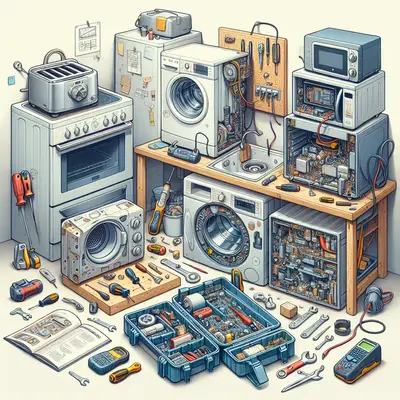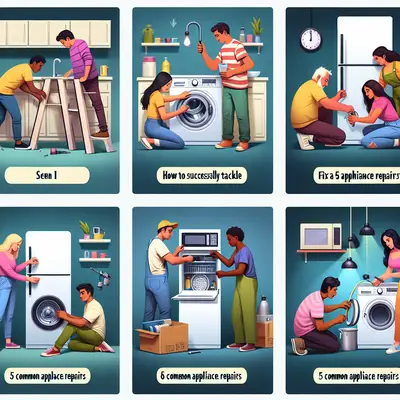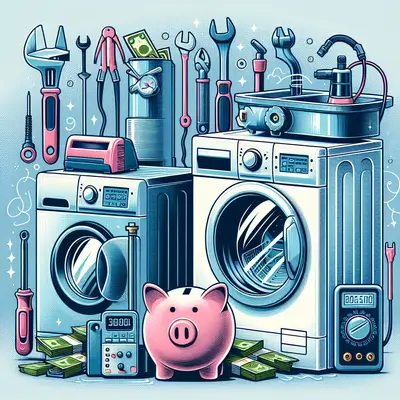Take a deep breath, roll up your sleeves, and get ready to become your home's hero!
1. The Magic of Multimeters
A multimeter is an all-in-one tool that can measure voltage, current, and resistance. It's a must-have in your DIY repair kit. To use it, first, disconnect the appliance from the power source. Then, set your multimeter to the right mode (usually indicated in the user manual) and connect the probes to the appliance's component. If the reading doesn't match with the recommended one, then it's time for a replacement.
2. The Power of Visual Inspection
Believe it or not, sometimes all it takes to identify a problem is a thorough visual inspection. Check for loose cables, discolored components, or any signs of wear and tear. This simple step can often diagnose issues like burnt-out heating elements or broken appliance belts.
3. The Magnetism of Seal Tests
For refrigerators or ovens, a faulty seal can be the root of many woes. Perform a simple test by closing the door on a piece of paper. If the paper slips out easily, your seal might need replacing. This small fix can save you big bucks on energy costs!
4. The Pull of the Probing Method
For appliances like coffee makers or toasters, mineral deposits can often cause blockages. Use a thin tool, such as a toothpick or sewing needle, to probe and remove these pesky deposits. Be gentle and patient to avoid damaging your appliance.
5. The Science of Sound
Listen to your appliance. Unusual noises often indicate an underlying problem. A high-pitched whirring might suggest a motor issue, while a buzzing sound could mean an electrical fault. Identifying these sounds can guide you towards the right repair solution.
Conclusion
While professional help is essential for complex repairs, these tips can help you troubleshoot and solve minor issues, saving you time and money. Remember, safety is paramount. Always unplug your appliances before attempting any repairs and consult your user manual or manufacturer's guidelines. Happy repairing!



